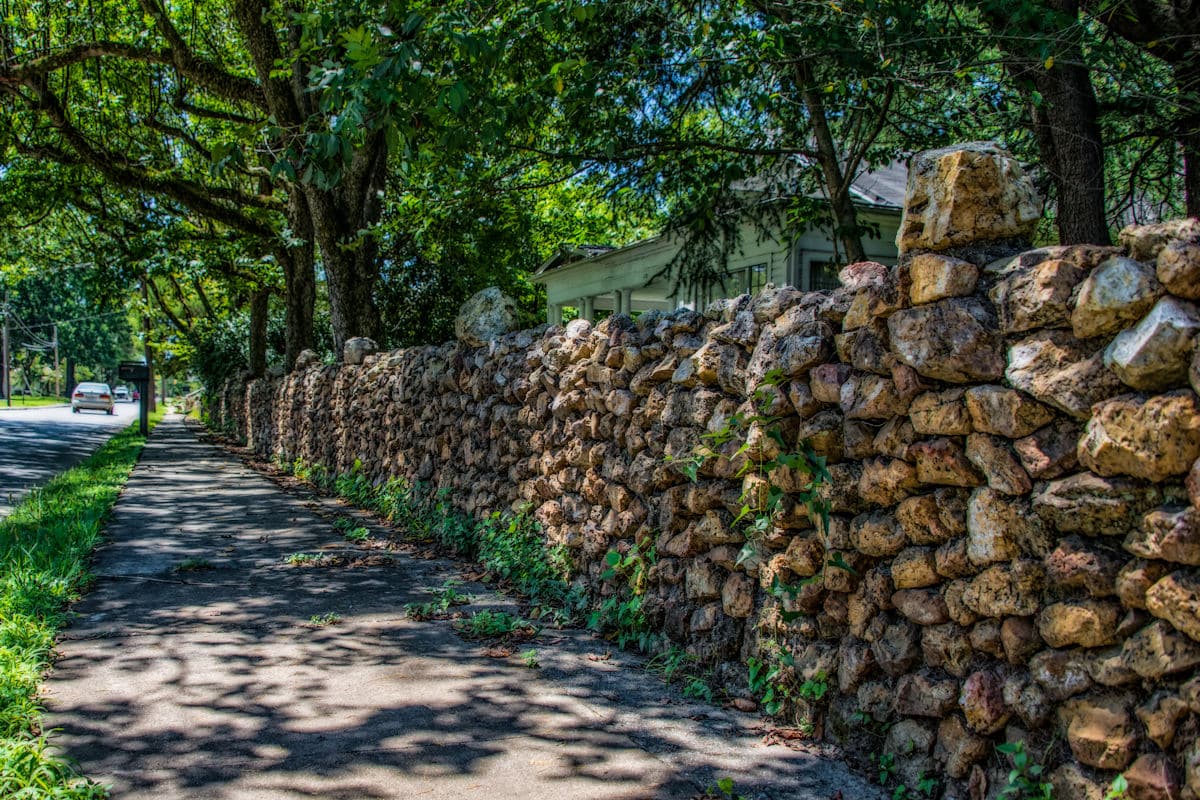Alabama’s Stagecoach Route Through Leeds

State: Alabama
Length: 18 miles / 28.9 km
Time to Allow: Take a day to fully enjoy this byway.
Best Time to Visit: The byway is beautiful year-round, but autumn offers vibrant foliage, and spring highlights the region’s wildflowers.
Alabama’s Stagecoach Route Scenic Byway, also known as the Leeds Stagecoach Route, is a state-designated scenic byway that stretches approximately 18 miles along State Route 119, from US 280 in Shelby County to Leeds in Jefferson County, Alabama. This historic route, which curves and slopes alongside the Little Cahaba River and nestles between Appalachian foothills, offers a blend of natural beauty, cultural significance, and rich history. Below is a detailed overview of the byway based on available information:
Historical Significance
The Leeds Stagecoach Route began as an Indian trail traversing a vast watershed, serving as a significant pathway for early travelers. Its historical evolution includes several key milestones:
- Pre-1812: The trail was used by early Christian Cherokees from North Carolina and European circuit riders to establish Methodist churches, reflecting the cultural influence of Native American and early European settlers.
- 1812–1813: Andrew Jackson’s scouts widened the trail to accommodate supply wagons during the Creek Indian War, transforming it into a more accessible route.
- 1820s: The widened trail became a stagecoach route, primarily used by European settlers, many of whom were veterans of the Creek Indian War.
- Late 1880s: The route remained in use when the first Black settlers arrived in Leeds, and it is linked to the legend of John Henry, who, according to studies by John Garst, competed against a steam drill at the Oak Tunnel of the C&W Railroad in Leeds during this period.
The Leeds Historical Society has documented the authenticity of numerous historic sites along the route, including old homes, businesses, churches, and cemeteries. Thirty of these sites have received national, state, or local recognition and are marked with appropriate plaques. The route also includes the Erwin, Lawley & McLaughlin Medal of Honor Highway, named by the Alabama State Legislature to honor three Leeds residents who received the Medal of Honor. Signs on the bridges of SR 119/411 in Leeds mark the Little Cahaba River, which is celebrated for its beauty and historical significance.
Scenic and Cultural Highlights
The byway offers a journey through a valley of natural beauty and archival treasures, largely untouched by modern development. Key attractions include:
- Little Cahaba River: The route runs alongside this uniquely beautiful river, which is deeply intertwined with early Alabama history. Its scenic views are a highlight of the drive.
- Rowan Oaks Historic Home: Built in 1846 by early settler Thomas Rowan, this home features pine floors, restored woodwork, and period furnishings. It is open by appointment and available for private events, offering modern amenities like central heating and air.
- Fullers Mill: Remnants of a grist mill built in 1819 can be seen just past the intersection of Cleveland Street in Leeds, adding to the route’s historical charm.
- Mustang Museum of America: Located in Odenville, just 2 miles northeast of Leeds, this museum features over 100 models of the Ford Mustang, representing every era of its production. It’s a unique stop for car enthusiasts.
- Ricarda’s Filipino BBQ: A weekends-only food truck near Rowan Oaks, known for its five-star-rated Filipino cuisine, provides a modern cultural touch to the historic route.
- Leeds Historic Downtown: The vintage downtown district, decorated with hanging flower baskets and street planters, reflects early 20th-century architecture and charm.
- Rowan House Stagecoach Stop: Managed by the Leeds Historical Society, this historic stop is open to the public by appointment, offering a glimpse into the stagecoach era.
Route and Access
The byway follows State Route 119, with designated endpoints at US 280 in Shelby County (southern end) and Leeds (northern end). Historically, it was part of a longer stagecoach route used for mail delivery between Ashville and Montevallo by the mid-1800s. Travelers can extend their journey beyond Leeds to Odenville for additional attractions like the Mustang Museum or continue southwest toward Birmingham’s Perimeter Park area for modern amenities and shopping.
Natural Beauty
The route is celebrated for its scenic qualities, winding through a valley framed by the Appalachian foothills and the Little Cahaba River. The landscape remains largely untouched, offering uninterrupted views of natural and historic features that embody the Alabama Scenic Byways Program’s criteria for scenic, historic, and cultural significance.
Recognition and Management
The Leeds Stagecoach Route is part of Alabama’s Scenic Byways Program, which seeks to preserve and promote roads with exceptional scenic, historic, cultural, recreational, natural, or archaeological qualities. The byway’s designation highlights its role in showcasing Alabama’s history and natural beauty while promoting tourism and economic development. The Leeds Historical Society and the Alabama Department of Transportation play key roles in maintaining and promoting the route, ensuring its historic sites are preserved and accessible.
Things to Do
- Drive the Route: Enjoy a leisurely drive along SR 119, taking in the scenic river views and historic landmarks.
- Visit Historic Sites: Schedule a visit to Rowan Oaks or the Rowan House Stagecoach Stop for a deeper dive into local history.
- Explore Odenville: Stop at the Mustang Museum for a unique automotive experience.
- Dine**: Try Ricarda’s Filipino BBQ for a delicious meal if traveling on a Friday or Saturday.
- Walk Downtown Leeds: Stroll through the historic downtown district to appreciate its vintage charm and community atmosphere.
Additional Notes
The Leeds Stagecoach Route is one of Alabama’s seven state-designated scenic byways, alongside four national scenic byways, as recognized by the National Scenic Byway Foundation. It stands out for its combination of natural beauty and deep historical roots, offering travelers a chance to connect with Alabama’s past and present. If you’re planning a trip, consider combining this route with nearby attractions in Birmingham or other Alabama byways, such as the Appalachian Highlands Scenic Byway or Talladega Scenic Drive, for a broader exploration of the state’s diverse landscapes.

